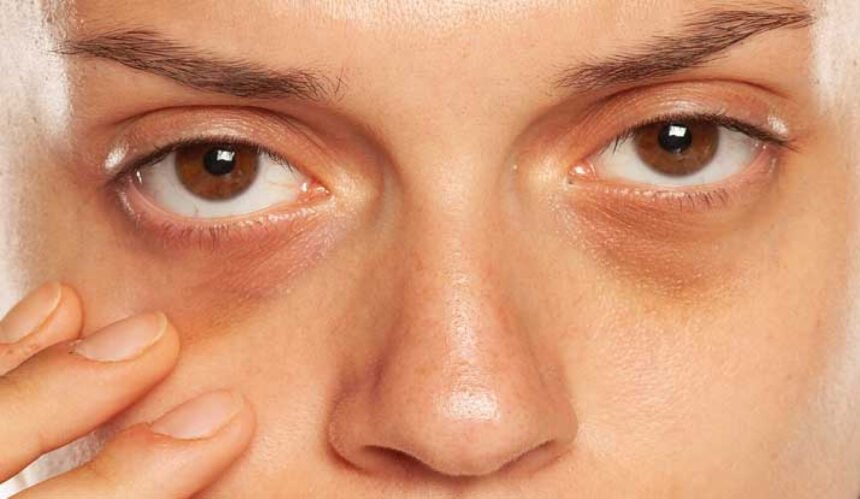Dark circles under the eyes—ugh, right? They can be a stubborn cosmetic issue for so many of us, making us look more tired or older than we really are. As the years go by, changes in our skin can make these pesky shadows stand out even more.
Honestly, yes, dark eye circles usually do get worse with age. That’s because skin naturally thins and loses collagen, so blood vessels show through more and shadows form more easily under the eyes. The fatty tissue that cushions the eye area also shrinks over time, which can leave hollows and deepen those shadows.
Almost everyone deals with these changes sooner or later, but it’s not just about age—genetics and lifestyle matter a lot too. Some people notice dark circles popping up in their 30s, while others don’t see much change until later. Knowing what’s happening can make it easier to figure out what works for you.
How Aging Impacts Dark Eye Circles
Getting older just changes the skin around our eyes, plain and simple. It’s a mix of stuff we can’t control, like genetics, and things we can, like lifestyle choices.
Biological Changes That Affect Under-Eye Skin
As years pass, our skin loses collagen and elastin—those are the proteins that keep everything looking plump and firm. The skin around the eyes? It’s already super thin, sometimes just half a millimeter, compared to the rest of your face. That thinness makes blood vessels more obvious, so the area looks darker.
The fat under the eyes dwindles as we age, which leaves a hollow, shadowy look. Skin also gets more see-through, so those underlying blood vessels stand out even more.
And then there’s bone loss. As bone density drops, including around the eyes, it can make the tear trough (that groove between your lower eyelid and cheek) look deeper, so shadows get worse.
Common Causes That Emerge With Age
Hormonal changes don’t help either. For women, menopause can thin the skin, and for men, lower testosterone has a similar effect. Circulation issues pop up more often as we age, letting blood pool under the eyes and giving that bluish or purplish tint that’s so hard to hide.
Years of sun exposure add up, too. All that UV can ramp up melanin production, darkening the under-eye area. Once it’s there, it’s tough to get rid of. And allergies—sometimes they get worse as we get older. Rubbing your eyes when they’re itchy can break tiny blood vessels and make dark circles look even worse.
Lifestyle Factors That Exacerbate Dark Circles
Sleep gets weird as we age, doesn’t it? Insomnia or just restless nights can mess with circulation and cause fluid to pool, making dark circles pop. Older skin doesn’t hold onto moisture as well. If you’re not drinking enough water, under-eye skin can look darker and more wrinkled than you’d like.
Diet sneaks in here too. Too much salt can make you puffy, and things like alcohol and caffeine can dry your skin out. And let’s be real—life can get stressful. More stress means more cortisol, which can break down collagen and thin the skin even more.
Dark Eye Circle Removal and Treatment Options in Singapore
Living in Singapore, the humid weather and strong sun can make under-eye pigmentation even more noticeable. That’s why many people turn to dark eye circle treatment in Singapore clinics, which offer options like carboxytherapy to boost circulation and collagen through tiny carbon dioxide injections.
Pico laser treatments are also popular for targeting melanin without damaging surrounding skin. On the more natural side, remedies such as green tea compresses or ginseng-based eye creams may help reduce inflammation and improve blood flow, though results vary from person to person.
Options to Address Age-Related Dark Circles
Topical treatments with retinol can give your skin a boost by rebuilding collagen and gradually thickening that delicate under-eye area. Vitamin C serums? Those can help too, brightening up dark patches and giving your blood vessels a little extra support.
Lots of folks are turning to fillers these days. Hyaluronic acid fillers, for example, can plump up those hollow spots that make shadows look worse. They usually last somewhere between six months and a year, which is honestly pretty convenient if you’re not ready for something more permanent.
PRP treatments sound a bit sci-fi, but it’s just your own blood components being used to wake up collagen production and smooth out the skin around your eyes. Some people really swear by the improvement in texture.
And then there’s surgery, like blepharoplasty. Surgeons can remove or move around fat pads and extra skin, actually fixing the structure instead of just covering up the problem. It’s a bigger step, but for some, it’s the answer they’ve been looking for.
For More Information Visit Fourmagazine







